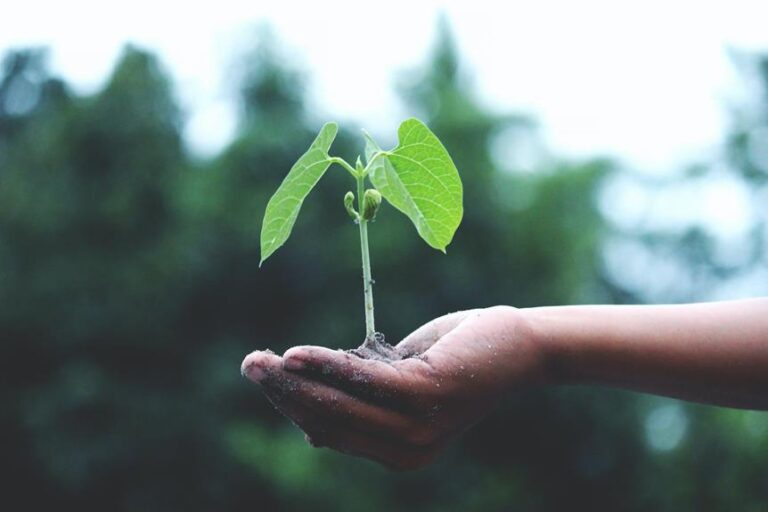What Are Essential Tips for Indoor Plant Care?
As a gardener, you’re the caretaker of a living mosaic, with each indoor plant a unique piece that contributes to the harmony of your home. To nurture your green companions, you’ll need to master a few essentials.
First, select species that resonate with your lifestyle and the light within your space. Watering requires a delicate balance—too much or too little can be detrimental.
Ensure each plant receives the right amount of light, a lifeline for their growth. Feed them with the right fertilizers, but only when they’re actively growing. And finally, be vigilant about pests, the unwelcome visitors that can disrupt your plant community.
By embracing these tips, you’ll create a thriving indoor garden where every plant feels at home.
Selecting Suitable Species
Choosing the right species is crucial for your indoor garden’s success, as different plants have specific light and care requirements. You’ll want to opt for houseplants that thrive under your home’s light conditions.
If you’re dealing with low light, select varieties like snake plants and spider plants that tolerate lower light well. For sunnier spots, cacti and succulents are your go-to, as they love basking in bright light.
Always remember that the right potting mix can make a big difference too. It’s a community inside your home, and like any good neighbor, you must ensure each indoor plant feels at home, gets the attention it needs, and has the proper environment to flourish.
Welcome to the world of indoor gardening, where every plant is a member of your green family.
Mastering Watering Techniques
Mastering the art of watering your indoor plants is essential for their health and vitality. Knowing when and how much to water your plant prevents issues like root rot and encourages robust growth.
Here are a few practical tips:
- Check Soil Moisture: Allow the soil to dry out slightly between waterings. Touch the top 1/2 to 1 inch of potting soil; if it’s dry, it’s time to water.
- Use Drainage Holes: Pots with drainage holes help avoid excess water accumulation, which can lead to overwatering.
- Invest in a Moisture Meter: For precision, a moisture meter can tell you exactly when your plants need less water or more.
Ensuring Proper Light Exposure
After mastering watering techniques, you’ll need to ensure your plants receive the right amount of light to thrive. Different indoor plants have basic needs for light; some bask in the beaming rays near a south-facing window, while others flourish in the gentle morning glow of an east-facing one. Remember, the distance from the window can significantly affect light intensity, which contributes to your plants’ growth.
As a general rule, keep an eye on your leafy companions to gauge if they’re getting enough light. Ensuring proper light exposure isn’t just a guideline—it’s one of the essential tips for healthy houseplants. Rotate your plants periodically to provide even light distribution, meeting their need for sunlight and strengthening your bond with your indoor garden.
Nourishing With Fertilizers
While ensuring your plants are basking in the right amount of light, you’ll also need to nourish them with the proper fertilizers to promote healthy growth and vibrant blooms. During the growing season, typically spring and summer, your green friends are eager to feed.
- Choose the right fertilizer: Look for plant food with a balanced mix of nitrogen, phosphorus, and potassium, especially for flowering varieties, and ensure it contains essential micronutrients.
- Follow the label: Too much fertilizer can harm your plants. Always adhere to the recommended amount and avoid piling it at the base of the plant.
- Repotting needs: If your plant has outgrown its grow pot, consider repotting with fresh soil, which can provide fresh potting nutrients without the immediate need for additional fertilizer.
Preventing Pest Problems
Your indoor plants’ health can be greatly safeguarded by proactive measures to prevent pest infestations. As a dedicated plant parent, you know that spider mites and powdery mildew are unwelcome guests among your cherished houseplants.
Preventing pest problems begins with how you water your plants; avoid overwatering to reduce excess humidity levels that pests love. It’s also a good idea to wipe the leaves regularly, removing dust and potential pests.
When you do spot trouble, reach for insecticidal soap for soft-bodied nuisances like aphids. For those with waxy coatings, such as scale and mealybugs, rubbing alcohol can be effective. Remember, consistency is key—regular treatments are necessary to combat fast-reproducing pests.
And, maintaining a clean environment around your indoor greenery will further discourage any pest attempts at settlement.
Conclusion
Now that you’ve got the essentials down, keep your indoor garden thriving. Choose plants that suit your space and lifestyle. Get watering just right—neither too much nor too little. Make sure they’re basking in the right amount of light.
Feed them with the right fertilizers, and stay vigilant against pests. With these practical steps, you’ll nurture healthy, happy plants that bring life to your home. Remember, it’s all about balance and understanding your green companions.






